All the yarn I'd tried dyeing with plants was coming out yellow. I wanted the rainbow of colors on the covers of natural dyeing books. Indians were able to achieve colors besides yellow; I was determined to find a way.
I'd tryed dyeing with alfalfa, which grows wild in my backyard. I got barely any color on the wool or the cotton.
I cheated and added synthetic dye to the wool, but the cotton sat for ages waiting for a brave dip in something new.
Bindweed was out of control in my backyard, so I decided to dye the cotton again using that. I knew the color wouldn't be very dark because there isn't a lot of visible pigment in the undesireable weed. Nevertheless, I would have plenty at my disposal, and I could do as many baths as desired without ever running out of bindweed. Ever.
I repurposed empty pretzel jars from work and tried solar dyeing for the first time. I filled a jar with bindweed, then poured in some vinegar and distilled water. I let it sit in the sun until our rainy season finally arrived. (YAY!!!)
I strained the fluid, which didn't smell wonderful (which I DID expect), and then stuck the yarn from the alfalfa fail into the bindweed bath. Again, I let the mix sit in the sun for as many days as we had sun.
The dyebath wasn't the most attractive shade of green, and I expected it would turn the yarn yellow. Instead I got a very, very pale avocado.
Not bad, but still not what I expected. I should be able to get deeper colors if I'm doing everything right. It certainly wasn't a lack of weeds!
I sat down with the dye books again one night and reviewed the mordanting process. Wool had given acceptable results, although not what I'd expected. But cotton... now that had been a challenge. I could get some beautiful shades in the dye pot, but the shades weren't being absorbed by the cotton.
I had to be doing something wrong.
Sure enough, I'd left out one step. Soaking cotton in tannin prior to the alum/cream of tartar bath would literally help the mordant get more grip on the fibers.
Okay, fine, so where in the heck do I get tannin?
An internet search led me to tea, coffee and oak galls. We have teas at home, but mostly herbal, and there is plenty of coffee at work. But coffee in particular would take a lot, and it might change the anticipated hues of the dyes. My curly dock has built-in tannin, but I wasn't ready to mow it all down. And just exactly what the heck is an oak gall? I mean, besides a term that is likely to attract a bunch of spam on this post?
A little more research was in order. Oak galls are growths on oak trees, and oak apples are a much more vivid and appropriate name.
I might be able to find oak galls on the scrub oak of the mountains, but there are no oak trees I know of in my neighborhood.
Sumac is another source for tannin, but I didn't know of anyone with a sumac tree, either. I thought. I had no clue what would constitute a sumac.
Later, while looking up a specific wildflower identification (prickly poppies for Mrs. Micawber), I noticed a photo of sumac drupes, which I have seen both in the wild and along the bike path into Denver, but I never knew the proper name.
I have a sumac bush growing right outside my spare bedroom window! And it could use a good trimming after a full year of total neglect!
Chop, chop, chop went the clippers. Didn't take long before I had an entire dye pot full of sumac drupes and another entire dye pot full of sumac leaves and stems.
I wanted to finish this experiment in a day because I'd previously ordered powdered tannic acid that would be arriving the next day or so. If my cotton yarn still didn't turn out, I could try again with the mail-order powder.
I didn't use solar heat on this batch. I simmered the leaves and drupes for about two hours each before straining the resulting liquids off into smaller containers (recycled ice cream containers) for actual dyeing.
The leaf formula produced what appeared to be pigment. I wasn't sure if I should mordant the yarn first or dip it in the tannin juice first. And do sumac drupes count as tannin??? I decided to soak in leaf juice first, then alum and cream of tartar, then the first hank would go back into the leaf juice to see if the color might stick.
Not even the sorrel/curly dock yarn came out this bright! This was just my first batch of cotton with tannin, but the colors I got from changing the dipping routine each hank were simply amazing! I learned colored water may not always have pigment, which will help in future adventures. But I also achieved colors. Radiant colors! My enthusiasm ignited.
For the first time, I achieved more than one color using natural dyes!
The first hank was dipped in sumac leaf juice, then alum and cream of tartar, then back into a pot of sumac leaf juice. Bright yellow resulted.
The second hank was dipped in sumac leaf juice, then alum and cream of tartar, then sumac drupe juice. Oh, the creamy peach! My eyes couldn't get enough!
The third hank was dipped in sumac leaf juice, then alum and cream of tartar, then leaf juice, followed by drupe juice. The pigment was running out by this time, so I dipped the third hank into a brief chrome bath. Brown popped out almost immediately!
The fourth hank was dipped in sumac leaf juice, then alum and cream of tartar, then leaf juice again, followed by drupe juice, then a quick dip in the homemade rust mordant. Not much color, but the yarn is not white. And it looks good with the other sumac yarn colors.
In the meantime, I'd weeded the backyard once again and filled another pretzel jar with dandelions and immature thistles (no purple or pink yet). This one had some roots in it, too, because if I could get the roots out of the ground, I'd have less weed-pulling to do next time around. The roots had no color, so I didn't expect much pigment from this batch. It sat in the sun for nearly a week. I'd strained it and poured it over a hank of wool sock yarn mordanted with alum and cream of tartar and allowed it to simmer in the sun.
I'd also been soaking poplar leaves from sucker shoots that grew up too tall last summer while I wasn't able to care for my garden. If I was going to take the shoots down, I might as well use the large leaves for something, right?
This pretzel jar had stewed in the sun for a week, too. Initially the liquid was a very pale yellow. I expected very little color from it. Through the week, however, the liquid had darkened to a nice gold. Still, I expected not much change in the wool sock yarn I planned to soak in it.
After I finished with the cottons, I decided to stick the pale yellow wool hanks from the dandelions and poplar into the sumac drupes. One then went quickly in and out of the rust mixture, and the second went quickly into a chrome bath.
Holy moly!!! One day of dyeing (and a week of various soaks), and six shades of yarn! Amazing!
Now I just have to get out there and pull some mature bright pink bull and Canada thistle!


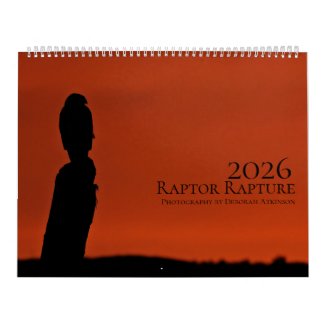






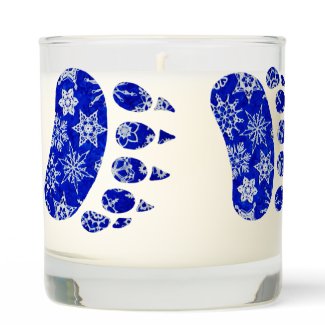




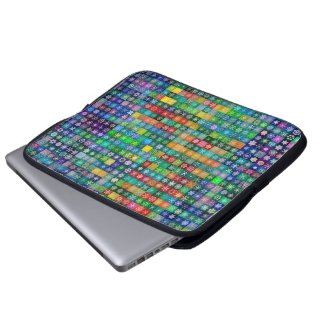
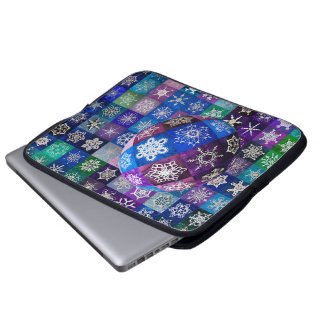














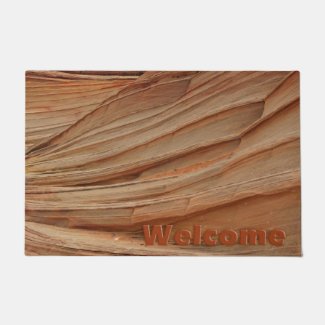
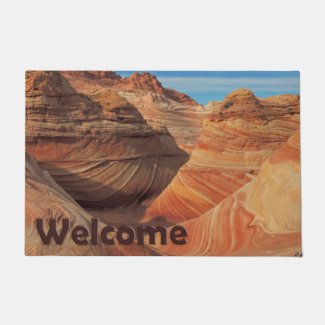


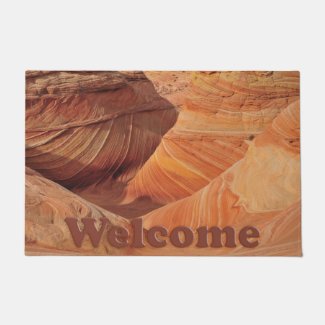
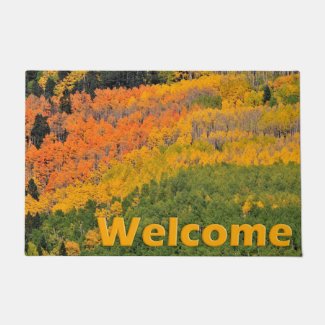
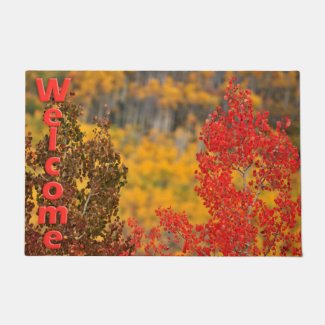


Can you send some of that gold to me, pretty please? Just don't touch me, no need to be a statue lol
ReplyDeletePretty funny, Pat! I do have plenty of gold, and no statues!
DeleteThanks for sharing the results of your experiments, Dr. Deb. A friend of mine is doing the same with some of her raw and spun alpaca fiber, except she's mostly using wild mushrooms she finds in the woods, with some lovely pastel results. Yours are beautiful!
ReplyDeleteOh, Patty, I would LOVE to see her raw and spun alpaca... shoot, I'd love to knit or crochet with it! I've heard mushrooms give some great colors!
DeleteWow ... you just amaze me. This is incredible.
ReplyDeleteThanks, Glor! Isn't it amazing that weeds can be good for something?!? :)
DeleteThat peach yarn looks good enough to eat! And that deep rich brown is gorgeous. How very fascinating about the tannin ... and the sumac. We have loads of sumac here, all holding up gorgeous reddish-brown bobs (just looked that up - that's what the clusters of drupes are called). Apparently some species of sumac drupes are dried and used as a spice.
ReplyDeleteYour dyeing experiments are getting so intricate - are you keeping a chart or something of all the different baths, the order in which they're used, and the results? It would make a lovely spreadsheet. :)
P.S. Lizard will have to keep eating a lot of ice cream to provide you with enough dyeing tubs. A tough job, but somebody has to do it.
Oh, Sue, you made me giggle so hard! We just found out last weekend The Lizard's favorite ice cream is no longer being sold in the plastic containers. They've switched to waxed cardboard! What will we do now?!? (probably use plastic milk bottles)
DeleteI'll keep experimenting with weeds and baths because I thought of a great project idea the other day while I was winding the hanks into balls. I need about 20 different colors, so I've got a way to go!
The peach and yellow are luscious! I only dyed something with onion skins once, but it was fun to watch colors emerge.
ReplyDeleteI've been following your blog for quite a while now. I found your blog because I do love crocheting and I absolutely do love crocheting snowflakes to the point of obsession. :-)
ReplyDeleteYou made me laugh, you made me cry, I love your pictures, I am totally amazed about the beauty of the Rocky Mountains (I have never been in the United States). I honestly don't know how you can do all the cycling with your health problems. I love to come back and read your posts every time. Thank you for all the things you share with the world.
I thought today would be a great day to say hello for the first time. You made me laugh again with your dying experiments. I enjoy it so much to see all the results you get and I am so happy for you that you got some beautiful colours now. I would love to have some of the yarn to knit or crochet with for myself. :-)
I also would love to buy the snowflake book from you but I have no idea how to do it. :-(
Have a wonderful weekend and many greetings from Germany :-)
Nicole
Thank you, Restless, for hanging with me all this time and for picking such a great time to stop in and say hi. I was in need of a smile, and you provided one. Thank you!
DeleteThis year's snowflake booklet is still available until about December, whenever the local MS office closes out their books for the year. And then I'll have a few weeks to finish up next year's booklet for next year's fundraising drive!
Donations may be made here until the link doesn't work anymore, and then it will be a few weeks before the new link is ready.